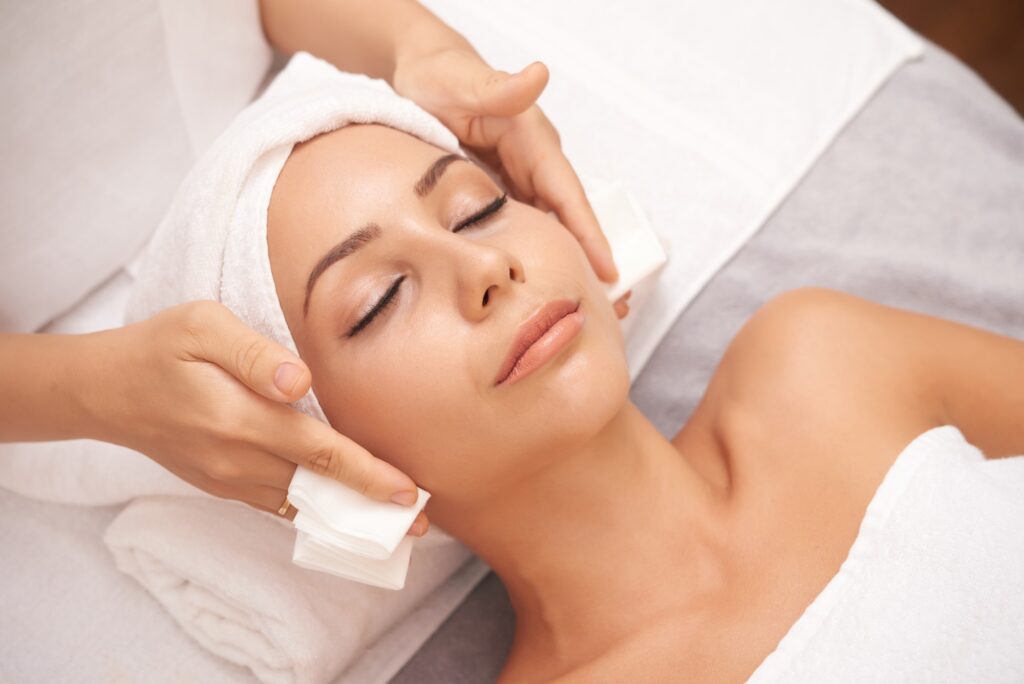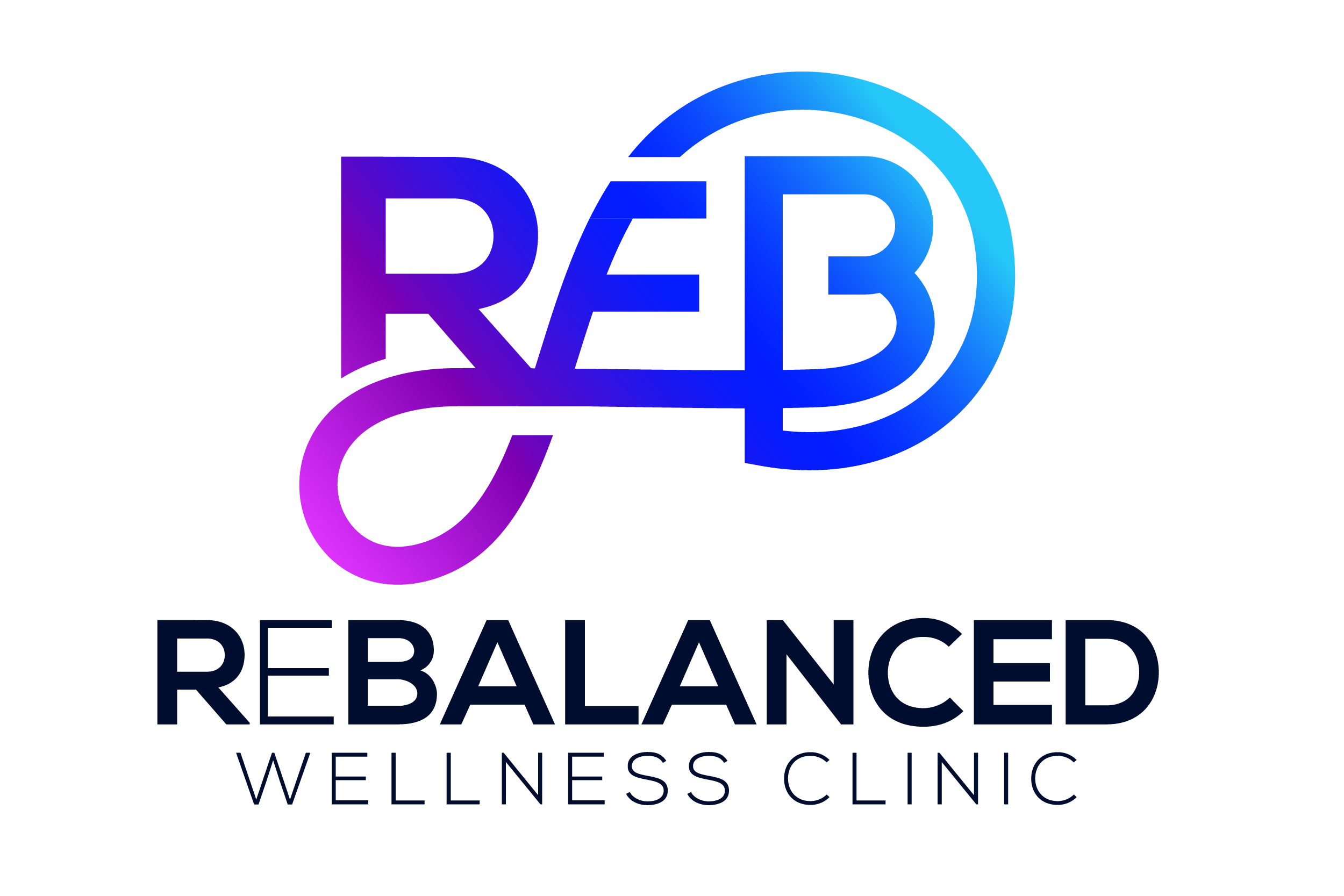Introduction to Cosmetic Injectables: What Are They?
Cosmetic injectables are substances used to reduce wrinkles, enhance facial features, and restore youthful appearances. They come in different types, like Botox and dermal fillers. Botox, made from a purified toxin, works by relaxing muscles that cause wrinkles. Dermal fillers, on the other hand, “fill in” or plump up areas that have lost volume or smoothness. People choose injectables because the procedure is quick, with minimal downtime, and the results are pretty immediate. But remember, it’s crucial to have a certified professional do the job to ensure safety and achieve the best results.

Common Types of Cosmetic Injectables
When you’re looking to smooth out wrinkles or enhance your facial features, you’ve got a few choices. Cosmetic injectables come in different forms, so let’s break them down. First up, Botox – the big name in the game for ironing out those forehead lines and crow’s feet. It relaxes your muscles, so you stop making the movements that deepen wrinkles. Then, there’s dermal fillers. These are like putty; they fill in lines and plump up areas where you’ve lost volume, using substances like hyaluronic acid. Another type is collagen stimulators. They give your body a nudge to make its own collagen, helping your skin stay firm and youthful. Lastly, you’ve got fat transfers, where your own fat is used to fill in facial areas, providing a more natural look. Each type has its own pros and cons, but they all aim to give you that refreshed look.
Assessing the Safety of Cosmetic Injectables
When it comes to assessing the safety of cosmetic injectables, it’s paramount to research and understand what you’re getting into. These treatments, including Botox and fillers, are generally deemed safe when administered by a licensed and trained professional. The United States Food and Drug Administration (FDA) approves specific injectables for cosmetic use, which means they’ve undergone rigorous testing for safety and effectiveness. Make sure the product your practitioner intends to use is FDA approved.
However, like any medical procedure, there can be risks. Common side effects include bruising, swelling at the injection site, or, less commonly, allergic reactions. It’s rare, but more serious complications can occur, such as infections or product migration. To maximize safety, it’s important to:
- Choose a qualified healthcare provider who specializes in cosmetic injections.
- Have a candid discussion about any allergies or medical conditions you have.
- Clearly communicate your aesthetic goals.
- Follow pre- and post-treatment care instructions closely.
Remember, your safety hinges on the expertise of the person wielding the needle and the quality of the product they use. Do your homework, and don’t shy away from asking tough questions about your provider’s qualifications and experience.
Potential Risks and Side Effects
Cosmetic injectables might sound like a quick fix, but they come with their own set of possible troubles. We’re talking swelling, redness, and pain right after the procedure, which usually go away. Sometimes, though, you might see bruising or feel a bit itchy. And let’s be real, there’s a tiny chance of infection, just like with any procedure breaking the skin. Now, rare side effects can be scarier – think allergic reactions or, in few cases, the filler might mess with nearby blood vessels. Plus, if the person handling the needle isn’t top-notch, you could end up with lumps or asymmetry—definitely not what you signed up for. Sure, serious issues are pretty rare, but always better to know the full picture, right? So, best to chat with a professional who knows their stuff and don’t skimp on quality for a cheaper fix. Safety first, always.
How to Ensure You’re a Good Candidate for Cosmetic Injectables
Before you even consider getting cosmetic injectables, it’s vital to determine whether you’re a suitable candidate for the procedure. Here’s what you need to know. First, your overall health matters. Injectables are generally safe, but if you have certain health issues like allergies to ingredients in the product or skin infections near the intended injection site, this might not be for you. Also, if you’re pregnant or breastfeeding, hold off on the injectables. Next, let’s talk skin. Healthy skin responds best. If you’ve got skin conditions, address those first. Now, be realistic about the results. Injectables can work wonders, but they can’t perform miracles. They’re about enhancing, not transforming. Lastly, your expectations should align with what injectables can actually do. Discuss this with a board-certified professional – they’ll guide you. Proper assessment by a reliable expert is the real key here. That’s your rundown on candidacy for cosmetic injectables. Remember, it’s about being safe and setting the right expectations.
The Importance of Choosing a Qualified Provider
When you’re looking to smooth out some wrinkles or plump up your lips, cosmetic injectables are an option. But here’s the deal—choosing a qualified provider is crucial. These aren’t just any shots, they’re medical procedures that require skill and knowledge. Don’t take risks with your face; it’s not like picking out a new lipstick shade. Not all injectors are created equal. We’re talking safety, results, and avoiding nightmare scenarios. Look for licensed professionals; think board-certified dermatologists or plastic surgeons. They know their stuff, from skin anatomy to the ideal injection technique. If someone’s offering a deal too good to be true at a “Botox party,” walk away. Your safety is worth more than a few bucks saved. Remember, you’re in charge. Ask about their qualifications, experience, and see before-and-afters. A reputable pro won’t flinch at your questions, they’ll welcome them. Your face deserves the best, don’t settle for less.
What to Expect During the Consultation
When you book a consultation for cosmetic injectables, it’s your first step to enhance your looks, but let’s talk about what actually happens. You’ll meet with a professional who is trained to work with injectables. They’ll ask about the results you’re hoping for and go over your medical history. This part is key, as it helps avoid any nasty surprises down the line. They’re likely to examine your face, considering your skin’s condition, symmetry, and how your facial muscles do their thing.
Expect a frank discussion about the ideal injectables for your case, how much they’ll cost, and how many sessions you might need. They’ll also explain the actual procedure, spell out the risks, and set real expectations. Don’t be shy—this is the time to ask all your questions. You should walk out knowing exactly what you’re getting into. And remember, if you don’t feel comfy with what you’re hearing, you’re free to look for another provider. After all, it’s about looking and feeling your best.
The Cosmetic Injectable Procedure: Step by Step
Before you sit in the chair for cosmetic injectables, know what’s coming. It’s a quick procedure, but with clear steps. First, your skin gets prepped, cleaned and maybe numbed with a cream if you’re worried about any sting. Next, the specialist marks the targeted spots, like an artist choosing points on a canvas. Then comes the main act – the injection. Using fine needles, the filler or toxin is delivered with precision. You might feel a pinch, but it’s over before you know it. After, there may be slight swelling or redness, but that’s normal and fades fast. Before you leave, you’ll get aftercare tips to make sure everything settles right. Just like that, you’re done, and on your way to seeing the fresh results.
Aftercare and Monitoring for Complications
After getting cosmetic injectables, the real work starts. First off, you’ll need to keep a close eye on the injection sites. Redness and swelling are pretty normal, but if things start looking more like an allergic reaction, or if you’re not seeing what you expected, don’t mess around – get on the phone with your doctor, ASAP.
You’ve also gotta play it cool after treatment. That means chilling on intense workouts or anything that’ll heat your face up for at least 24 hours to avoid messing with how the injectables settle. And don’t poke or prod the area; let it heal. Sleeping upright the first night can help reduce swelling, so prop up those pillows.
Think of aftercare as a mission to guard your investment and keep potential rogue complications in check. Usual suspects for side effects include bruising or lumps, but keeping an eye out and reporting back to your cosmetic professional can nip most issues in the bud. Remember, it’s your face, your rules—protect it by following aftercare to the letter and stay vigilant.
Concluding Thoughts: Balancing Benefits and Safety
Cosmetic injectables can work wonders, rejuvenating your look and boosting your confidence. It’s true they come with benefits—a fresher face or reduced wrinkles, sure. But never forget, safety is key. Choose a pro for the job. They know their stuff, can spot good candidates for the procedure and they’re on top of the latest in safety practices. Be honest about your medical history and follow pre and post-treatment advice to a tee. Remember, these triumphs in beauty ain’t without risks—bruising, swelling, or even more serious hiccups can happen. Decide smart, armed with all the facts, weighing the flashy perks against the safety musts. Beauty’s great, but your well-being? That’s the real deal.
